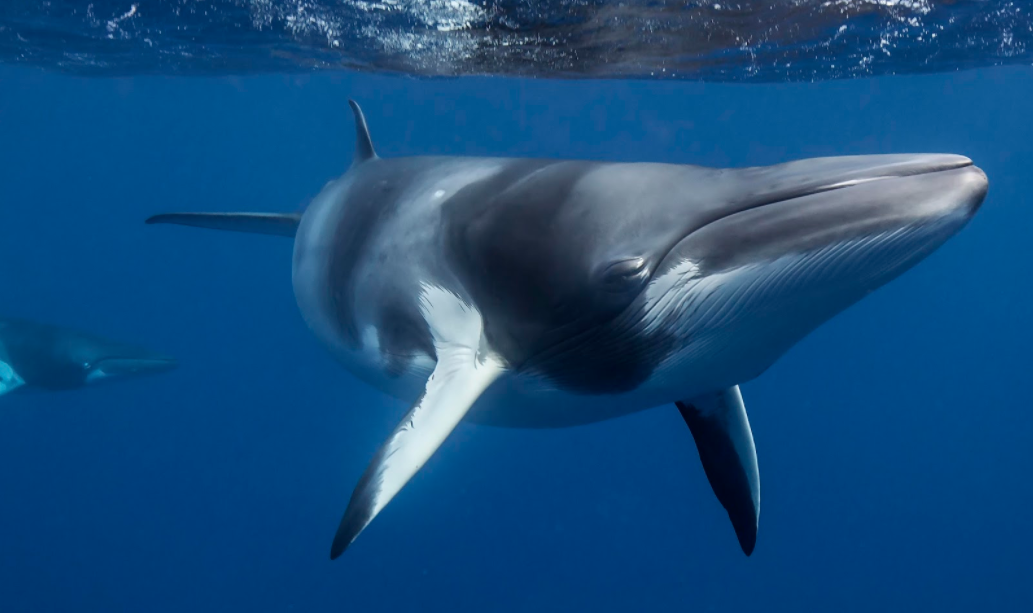Reef named after late scientist who discovered dwarf minke whales
REEF NAMING

A MARINE biologist who discovered dwarf minke whales and snubfin dolphins in Australian waters has had a reef named in his honour.
Dr Peter Arnold devoted his life to marine science in a variety of roles, including research and university lecturing, and was a curator at the Museum of Tropical Queensland for nearly 20 years before his sudden death in 2006 at the age of 56.
The newly named Peter Arnold Reef on the Great Barrier Reef is located approximately 84 kilometres north-east of Cardwell. The Great Barrier Reef Marathon Festival held in Port Douglas a fortnight ago raised over $50,000 for research into the minke whales that Dr Arnold, from Townsville, first discovered.
Great Barrier Reef Marine Park Authority Chairman Russell Reichelt said Peter’s true passion for marine life was obvious to everyone who came in contact with him.
“Peter’s knowledge of marine mammals and marine biology was astounding, as was his curiosity and enthusiasm for science and natural history,” Dr Reichelt said.
“He was humble but very generous with his knowledge and time, and actively guided students of all ages, from high school volunteers through to graduate research students.”
Born in Canada in 1949, Peter displayed an interest in marine biology from an early age, before pursuing it as a career on his arrival in Townsville in 1974.
After initially working as a marine biology research officer with James Cook University, Peter went on to become an associate lecturer, and then a senior curator at the Museum of Tropical Queensland.
“When examining specimens in the 1980s, Peter was the first to recognise that a mysterious whale observed in Great Barrier Reef waters each winter was an undescribed subspecies of the minke whale,” Dr Reichelt said.
“It was the start of a long fascination with these curious animals. Peter was instrumental in establishing a research program to understand the biology and behaviour of these ‘dwarf’ minke whales — a program that continues to this day.
“His involvement in this research also provided a scientific foundation for the development of guidelines that underpin a ‘swim with minke whales’ tourism industry in the northern Great Barrier Reef.”
Peter was also well known for his exceptional ability to identify marine organisms.
As a senior curator, Peter examined specimens thought to be from Irrawaddy dolphins — this not only resulted in the first detailed description of this little known species, but also led to the designation of a new separate dolphin species, the Australian snubfin dolphin.
Among his other legacies, Peter helped amass a collection of many hundreds of species of bryozoans (a type of invertebrate animal), which will continue to be used in international taxonomic research.
Queensland Museum Network Chief Executive Officer and Director Professor Suzanne Miller said during his time at the Museum of Tropical Queensland, Dr Arnold’s research made a significant impact on the region.
“Across the globe, museum scientists like Dr Arnold are making discoveries that improve our understanding of our planet and this is a fitting tribute to honour Peter’s legacy, particularly his contribution to Queensland science,” she said.
After his death, Peter’s ashes were spread by friends on Reef waters during the minke whale season.
Peter Arnold Reef is approximately 8.7 square kilometres in size, and was officially named through a formal process involving the Great Barrier Reef Marine Park Authority, the Australian Hydrographic Service and the Queensland Government.

